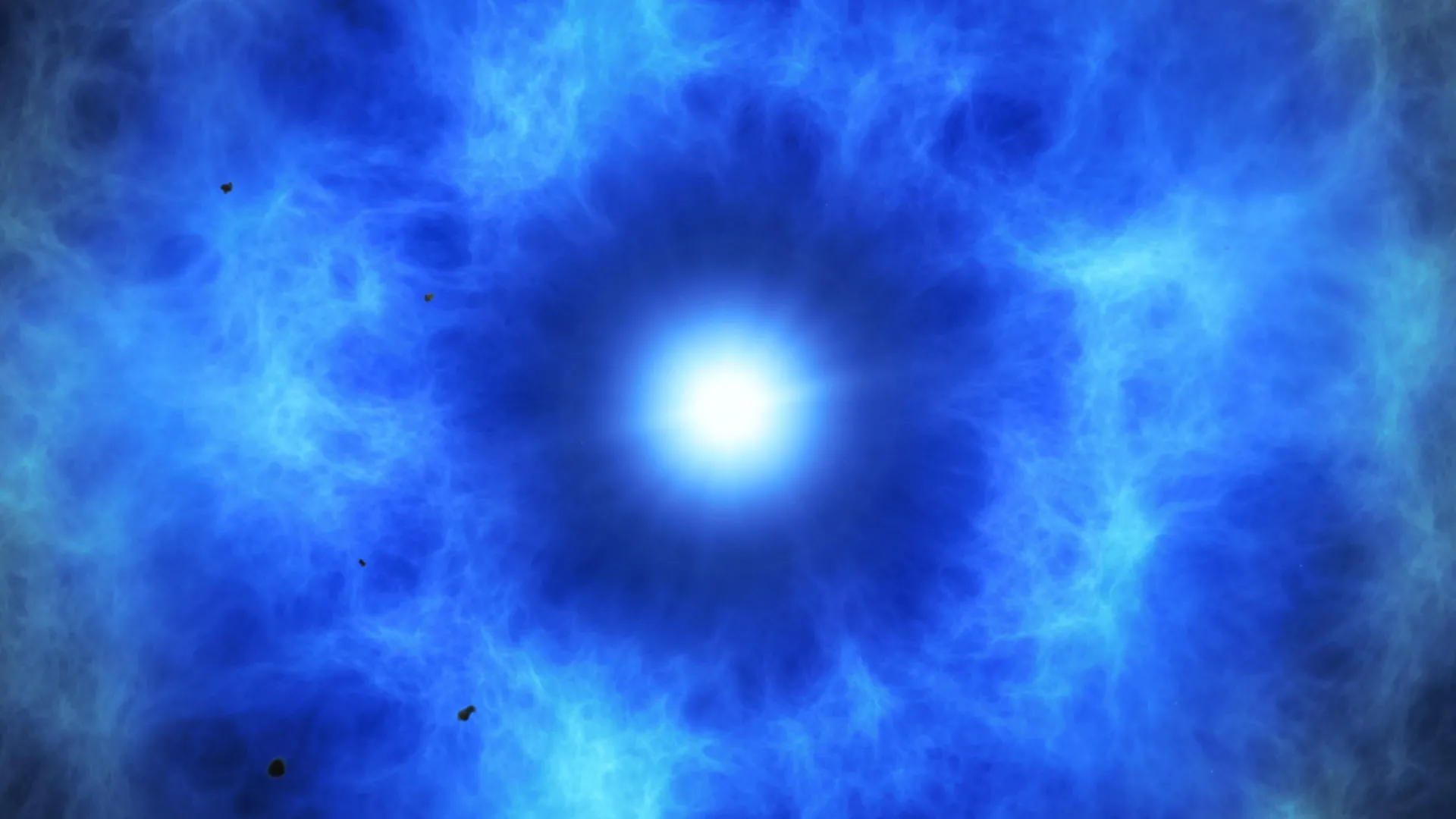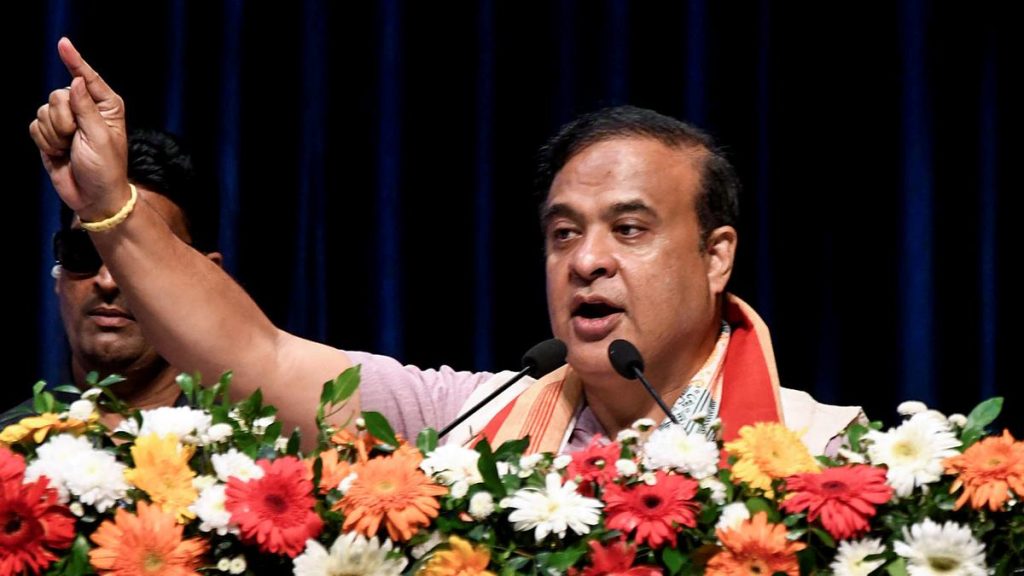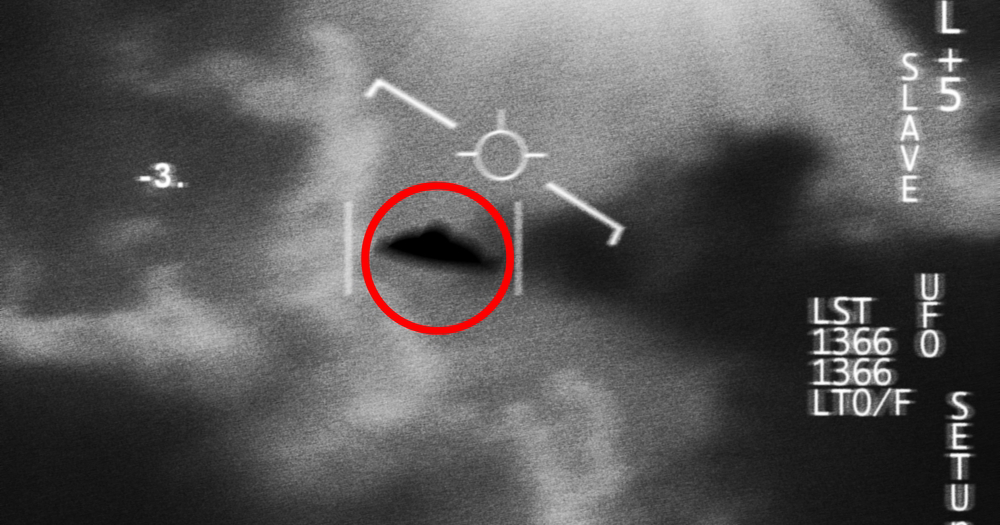Now Reading: First-Ever Image Captures Double Explosion of a Star
-
01
First-Ever Image Captures Double Explosion of a Star
First-Ever Image Captures Double Explosion of a Star

Quick Summary
- Astronomers have visually confirmed a star exploding twice via the “double-detonation” mechanism in Type Ia supernova SNR 0509-67.5.
- The study was conducted using the European Southern Observatory’s Very Large Telescope (ESO’s VLT), providing strong evidence of white dwarf explosions before reaching their critical mass.
- White dwarfs, remnants of burned-out stars, accumulate stolen helium which ignites a first explosion, triggering a second detonation in the core of the star.
- Spectroscopic analysis observed two calcium shells in supernova remnants, confirming this distinctive fingerprint for double-detonation.
- Type Ia supernovae provide crucial insight into cosmic measurements and expansion due to their predictable brightness.
- Findings contribute to solving long-standing mysteries around how these explosions occur.
Indian Opinion Analysis
This breakthrough discovery enhances our understanding of Type Ia supernovae, which are central to cosmology and essential tools for measuring distances across space. The visual evidence supports developing theories about stellar behavior prior to critical mass events. For India’s growing scientific community, this research signifies advancements in global astronomical studies that Indian astrophysicists can further build upon through collaborations or self-reliant projects.
Given India’s investments in space exploration (via ISRO) and interdisciplinary science ventures like astrophysics programs at institutions such as IIST or Tata Institute of Fundamental Research (TIFR), findings like these could stimulate further interest and potential participation in high-caliber global observatory networks. understanding phenomena like double-detonation mechanisms may also contribute indirectly toward insights within Earth-based sciences such as metallurgy due to connections with iron synthesis pathways originating from stars.


























